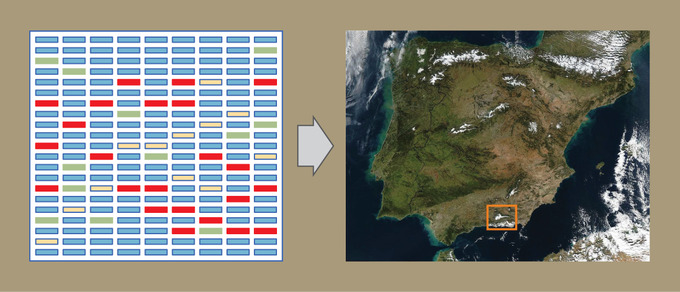17.1A: Biotechnology
- Page ID
- 13337
Relying on the study of DNA, genomics analyzes entire genomes, while biotechnology uses biological agents for technological advancements.
- Justify an overview of the field of biotechnology
Key Points
- Genomics includes the study of a complete set of genes, their nucleotide sequence and organization, and their interactions within a species and with other species.
- Through DNA sequencing, genomic information is used to create maps of the DNA of different organisms.
- Biotechnology, or the use of biological agents for technological progression, has applications in medicine, agriculture, and in industry, which include processes such as fermentation and the production of biofuels.
Key Terms
- genomics: the study of the complete genome of an organism
- sequencing: the procedure of determining the order of amino acids in the polypeptide chain of a protein (protein sequencing) or of nucleotides in a DNA section comprising a gene (gene sequencing)
- biotechnology: the use of living organisms (especially microorganisms) in industrial, agricultural, medical, and other technological applications
The study of nucleic acids began with the discovery of DNA, progressed to the study of genes and small fragments, and has now exploded to the field of genomics. Genomics is the study of entire genomes, including the complete set of genes, their nucleotide sequence and organization, and their interactions within a species and with other species. The advances in genomics have been made possible by DNA sequencing technology. Just as information technology has led to Google maps that enable people to get detailed information about locations around the globe, genomic information is used to create similar maps of the DNA of different organisms. These findings have helped anthropologists to better understand human migration and have aided the field of medicine through the mapping of human genetic diseases. The ways in which genomic information can contribute to scientific understanding are varied and quickly growing.

Another rapidly-advancing field that utilizes DNA is biotechnology. This field involves the use of biological agents for technological advancement. Biotechnology was used for breeding livestock and crops long before the scientific basis of these techniques was understood. Since the discovery of the structure of DNA in 1953, the field of biotechnology has grown rapidly through both academic research and private companies. The primary applications of this technology are in medicine (production of vaccines and antibiotics) and agriculture (genetic modification of crops, such as to increase yields). Biotechnology also has many industrial applications, such as fermentation, the treatment of oil spills, and the production of biofuels.


